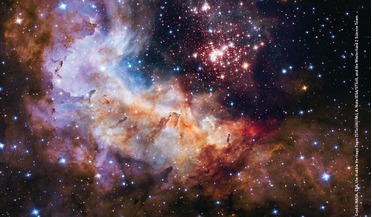 June 2015
Hubble’s 25th Anniversary
June 2015
Hubble’s 25th Anniversary
.... The Pillars of Creation Credit: NASA, ESA/Hubble and the Hubble Heritage Team This image shows the Eagle Nebula’s pillars... the deepest visible-light image of the cosmos. Called the Hubble Ultra Deep Field, this galaxy-studded view represents a “deep...
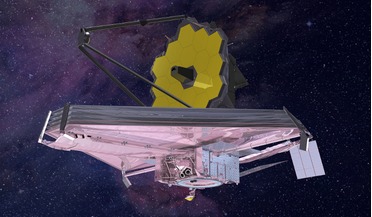 28 March 2018
Woes for Webb as the space telescope is delayed again
28 March 2018
Woes for Webb as the space telescope is delayed again
... delays increases. But, do any missions lift off without a hitch? Let's not forget JWST’s predecessor, the Hubble Space Telescope. Hubble, which was the JWST of its time, was also beset by numerous technical delays and budget problems...
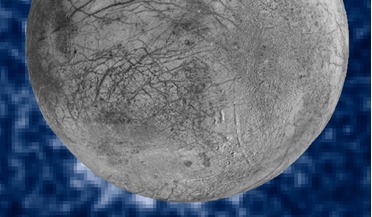 27 September 2016
Astronomers observe possible water vapour plumes on Europa
27 September 2016
Astronomers observe possible water vapour plumes on Europa
... kilometres (125 miles) high have been observed erupting from the surface of Europa by astronomers using NASA’s Hubble Space Telescope. Researchers suspect that the high altitude plumes consist of water vapour, fed from a huge global ocean...
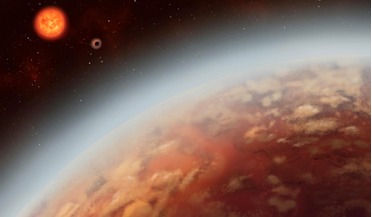 11 September 2019
First detection of atmospheric water vapour on 'super-Earth' in habitable zone
11 September 2019
First detection of atmospheric water vapour on 'super-Earth' in habitable zone
For nearly 30 years now, the Hubble Space Telescope has revolutionised humanity’s understanding of the...few more years when the likes of the James Webb Space Telescope (JWST) and the ARIEL telescope are launched, so that other molecular species can be...
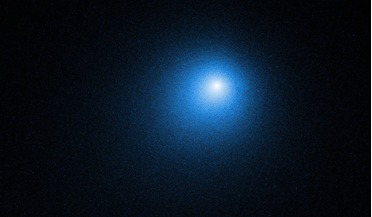 21 December 2018
Still time to see this years brightest comet
21 December 2018
Still time to see this years brightest comet
... the launch window was missed so 67P/Churymov-Gerasimenko became the missions target in the end. NASA’s Hubble Space Telescope photographed comet 46P/Wirtanen on 13 December when the comet was 12 million kilometres (7.4 million miles) from Earth...
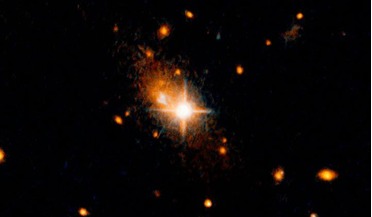 24 March 2017
Gravitational waves expel black hole from galaxy centre
24 March 2017
Gravitational waves expel black hole from galaxy centre
... 1 billion suns, that has been kicked out from its parent galaxy by these ripples in space-time. By using the NASA/ESA Hubble Space Telescope, an international team of astronomers have found that a quasar, the tell-tall sign of a supermassive...